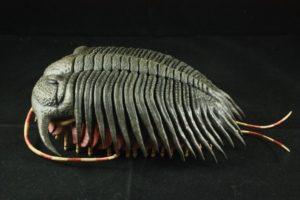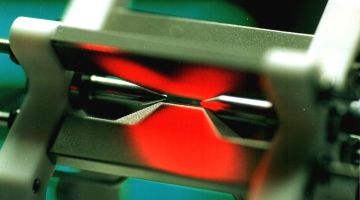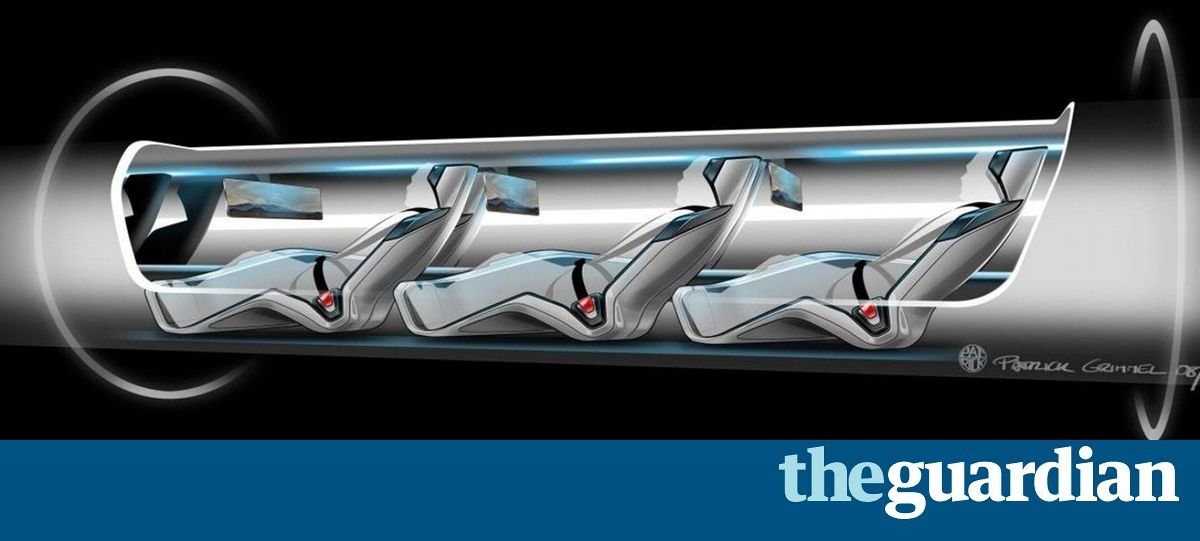Jun 22, 2016
A Tiny House Was Built in 24 Hours, Thanks to A 3D Concrete Printer
Posted by Karen Hurst in categories: 3D printing, computing, habitats
Forget pitching a tent when camping; soon (at this rate) we can have the 3D Printer print us a cabin.
A tiny house was built using Vesta, the 3D concrete printer. It took 24 hours to build the structure. The developer aims to shorten the construction time with the third version of the device.
Vesta, the 3D concrete printer, was just used to print a house. Though the word “house” may be a little suspect. Admittedly, given its size, the structure is more of a tool shed than a home, but one could theoretically live inside of it.
Continue reading “A Tiny House Was Built in 24 Hours, Thanks to A 3D Concrete Printer” »


















